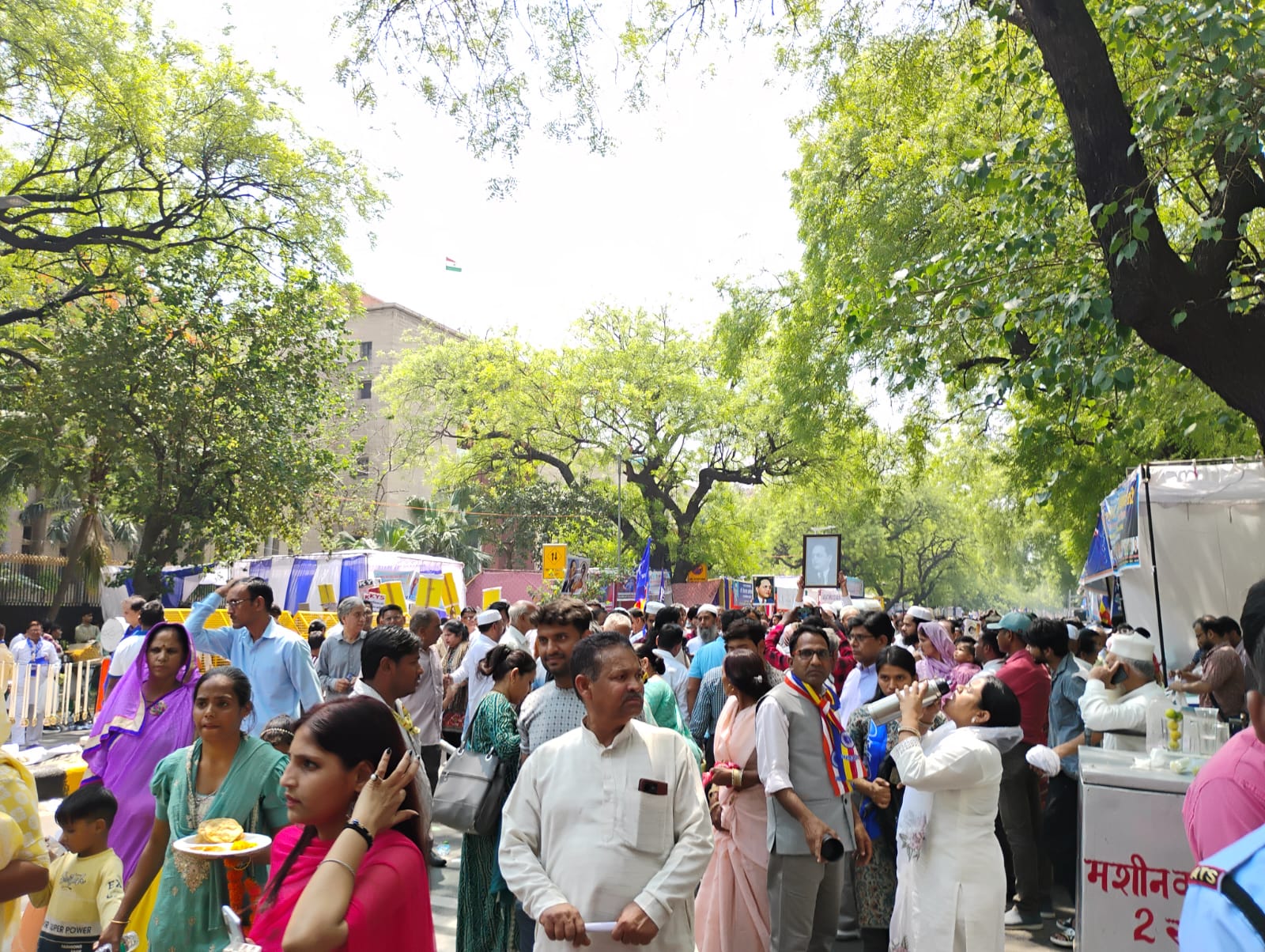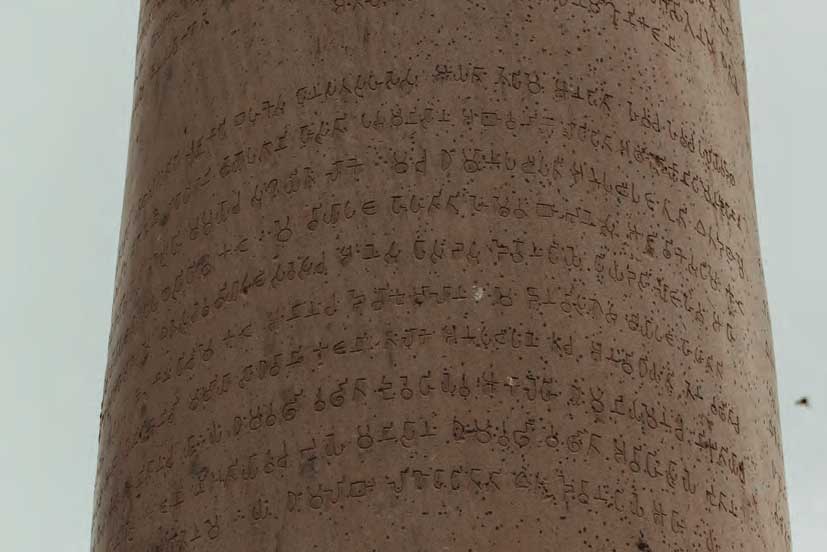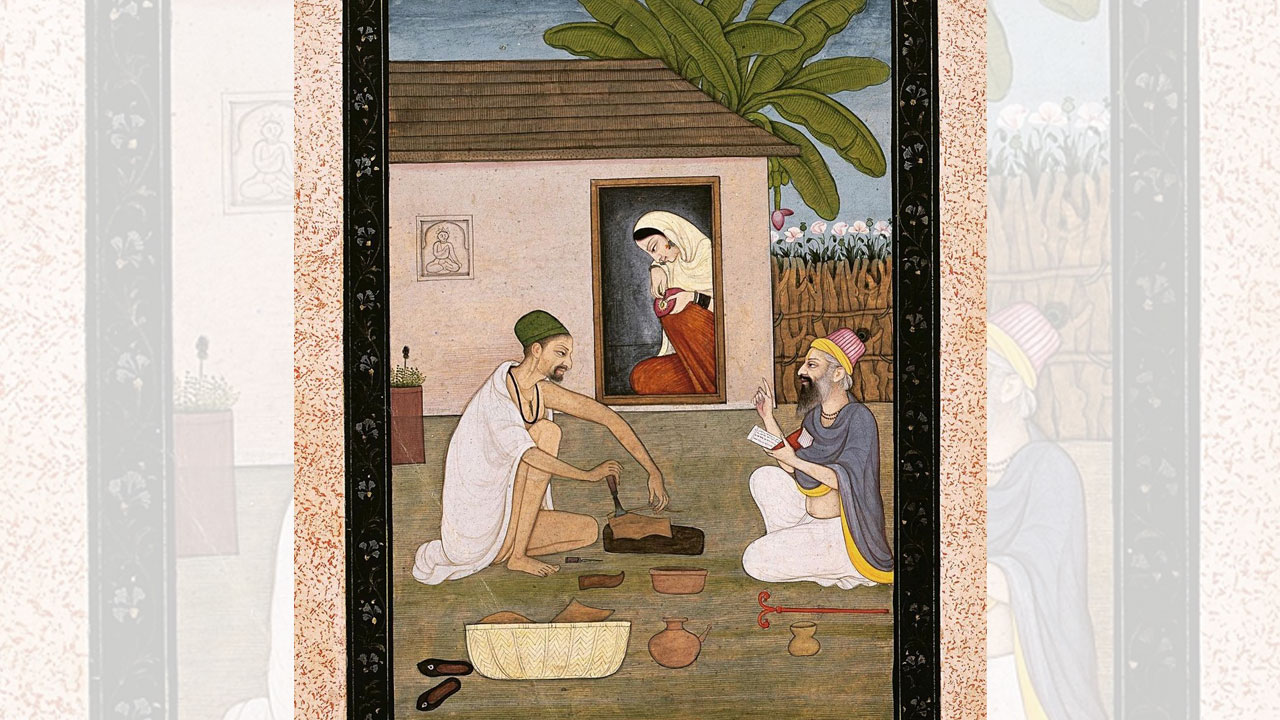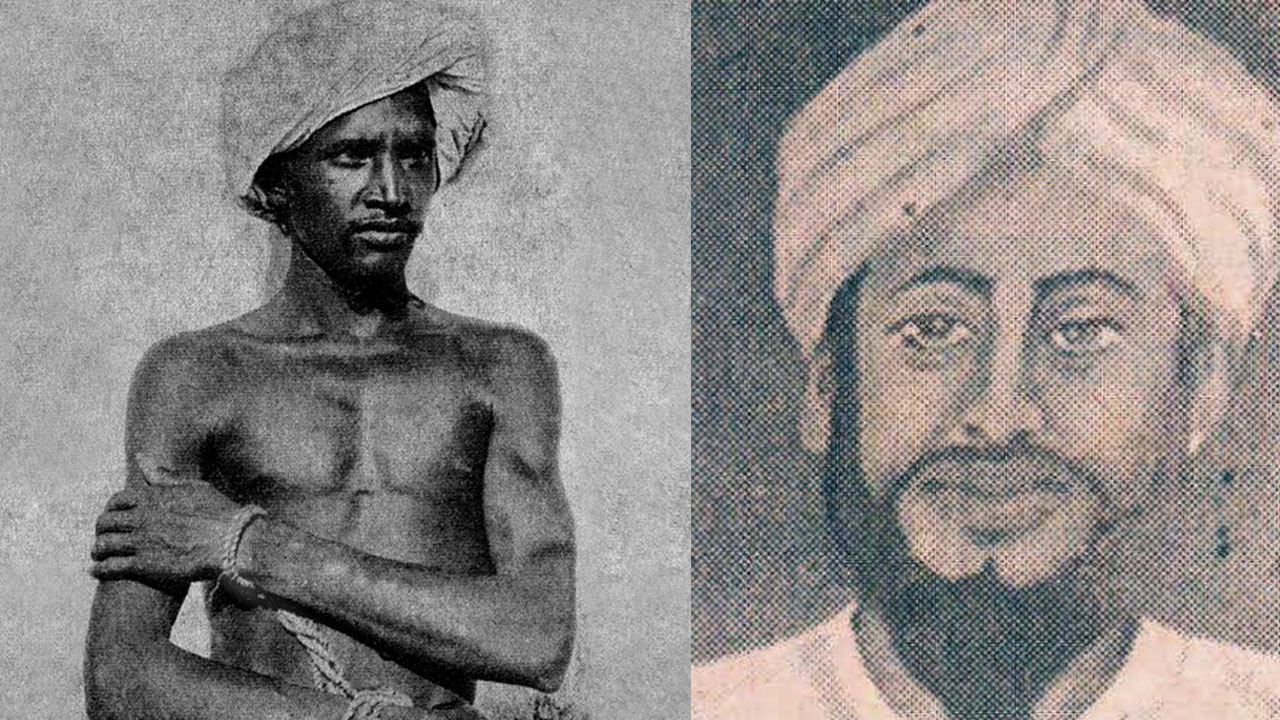
Dr Ganapati Chandra Gupta is one of the better-known Hindi critics. He was awarded a DLitt for his pioneering research on Mahakavi Bihari. Born in an OBC Vaishya family, Gupta became a professor in Hindi in Punjab University and wrote many books on Hindi criticism. They include Sahityik Nibandh (Literary Essays), Hindi Kavya Mein Sringar Parampara Aur Mahakavi Bihari (Love in Hindi Poetry and Mahakavi Bihari), Hindi Sahitya: Samasyaein Aur Samadhan (Hindi literature: Problems and Solutions), Sahitya Vigyan (Literary Science), Sahitya Kee Atma (Soul of Literature), Sahitya Ke Tatva (Elements of Literature) and Sahitya Ki Shaili (Style of Literature). He has also edited the book Acharya Hazari Prasad Dwivedi: Vyaktitva Evam Sahitya (Acharya Hazari Prasad Dwivedi: Personality and Writings).
But he won wide recognition after the publication of his seminal work Hindi Sahitya Ka Vaigyanik Itihaas (Scientific History of Hindi literature), which came out in 1965. What is pertinent to mention here is that he did not write a ‘new’ or ‘critical’ history of Hindi literature, as the other Dwij literary historians had been doing. He wrote a ‘scientific’ history.
The so-called Ramkavya tradition
According to Dr Ganapati Chandra Gupta, there is a need to revisit the nomenclature of the poetic traditions of the medieval age. For instance, take the poetic stream of Rambhakti. According to Ramchandra Shukla, the tradition began and virtually ended with Tulsidas, because no other poet could dare being measured against the standards set by Tulsidas. Besides Tulsidas, the names of three or four other poets are mentioned in connection with this tradition. Some of them wrote plays while others wrote ‘muktaks’ (standalone verses). The fact is, to be termed a historical literary stream or tradition, there must be at least eight to ten works with a common subject matter, style and system _ but that is not true of the Ramkavya tradition.
Shukla was well aware that the rationale justifying the existence of the Ramkavya stream was a flawed one but his casteist loyalties forced a serious and scholarly historian like him to create the myth of the tradition. Assessing the Ramkavya tradition from a scientific angle, Dr Gupta renamed it Puranic Prabandh Kavya (Puranic epic poetry) tradition. That is because, in Hindi literature of the medieval era, the canon of poetic writings eulogising Lord Shiva, Shakti and Hanuman is much richer than that of the writings centred on Ram. There are about 25 to 50 poetic works each about or on Shiva, Shakti and Hanuman – contrasted with no more than a dozen on Ram.
Parochialism and casteism
Interpreting the history of Hindi literature in a parochial or casteist manner is like trying to contain the spontaneous flow of a massive river. This history is like a mirror – half concave, half convex and cracked at numerous places. The mirror, naturally, produces an extremely distorted image of the reality. Ramchandra Shukla’s history is chock-a-block with praise for Brahmin poets. In his book, the highest number of pages has been devoted to two poets – Tulsidas and Sumitranandan Pant. He has devoted 19 pages to Tulsidas and an equal number to Sumitranandan Pant. Among the Chayawadi poets, he has given only 19 pages to Prasad, Nirala and Mahadevi Verma together.
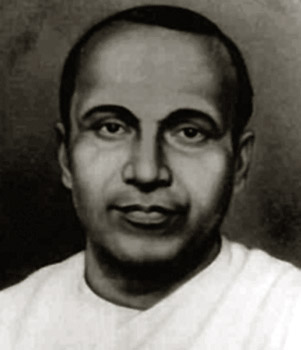
In his history, Dr Gupta accords Jaishankar Prasad the highest place among the modern Hindi poets. He writes that Jaishankar Prasad was not only the founder and the greatest poet of Chayavaad but that there was no other poet who was even his pale shadow. He has given 11 pages to Jaishankar Prasad and four to Sumitranandan Pant – which is what Pant actually deserves.
We are told that tradition bars Indian women from uttering the names of their husbands. But one doesn’t know why Acharya Ramchandra Shukla does not mention the real name of the Bengali woman writer of the story Dulaiwali. Years later, it was revealed that her real name was Rajendrabala Ghosh, and she used to live in a rented accommodation in Mirzapur, not far from Acharya Shukla’s house. She was quite close with Shukla and that is why, in 1910, he edited a collection of the stories written by her with a special preface. She was two years older than the Acharya and was good-looking. While writing the history of Hindi story writing, Shukla pays special attention to the writers of Mirzapur. Of the five earliest Hindi writers listed by him, three are from Mirzapur: Master Bagwan Das (Plague Kee Chudhel, 1902), who was Shukla’s classmate; Rajendrabala Ghosh (Dulaiwali, 1907); and Acharya Ramchandra Shukla (Gyarah Varsh Ka Samay, 1903).
Kishorilal Goswami (Indumati), who lived in Kashi, has been described by Shukla as the first Hindi story writer. The fact is that Pandit Shrilal’s Dharmasingh Ka Vritant was the first Hindi story, the third edition of which was published from Agra in 1853. At that time, Kishorilal Goswami (1865-1932) was not even born. It is clear that Shukla’s history is not free from parochialism. Otherwise, his history of Hindi story would not have been confined to Mirzapur. In fact, his is only the history of stories published in a magazine called Saraswati. Had Shukla looked around, he would have found older stories, but he did not care to do so. History says that much before Shukla, in 1881-90, against 2,793 Hindi books, 4,380 Urdu books were published in the United Provinces alone. Similarly at that time, while 8,002 Hindi newspapers were published, the number of Urdu newspapers was 16,256.
The poet Laxminarayan Kushwaha
About the poets of the Dwivedi group, Dr Gupta writes that they have written a large corpus of Prabhantatmak (Epic) poems. This tradition of Adarshmulak Prabandh-Kavya continued to flourish even after the end of the Dwivedi era. In this connection, he names Laxminarayan Kushwaha, a poet who is not mentioned by a single caste Hindu historian of Hindi literature. Dr Gupta writes that Kushwaha’s Tatya Tope (1957) is a powerful work, infused with patriotism and giving a graphic description of the national revolution and the valour of Tatya Tope. It is divided into 15 chapters. Dr Gupta goes on to quote from some of the writings of Laxminarayan Kushwaha. There is no doubt that Kushwaha’s writings are a fitting tribute to the national awakening and cultural upsurge. Not giving place to such a poet in their books only shows the narrow, casteist outlook of the other historians.
The first Hindi poet
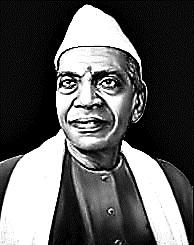
The world of Hindi literature has witnessed intense caste- and region-based disputes between historians over who was the first Hindi poet and which was the first Hindi poetic work. Ramchandra Shukla maintains a strategic silence on this issue. But he hints at Munj (973-996AD) and Bhoj (1010-1055AD) as the great Hindi poets. In his book on the history of Hindi literature, he writes that in the era of Bhoj (around 1050AD), old or distorted Hindi was used in Buddhist literature and in poetry. Thus, according to him, the initial period of Hindi literature can be considered to be from 1050 to 1375 AD, ie from the era of Raja Bhoj to a little after that of Hammirdev. Needless to say, Munj and Bhoj were kings first and then writers. But those historians who are advocates of the Varnashram system consider the era of Munj and Bhoj as coinciding with the beginning of the Hindi literature because both were Brahmins of central India and builders of temples. Contesting this Brahmin-centric approach, Dr Gupta writes that the history of Hindi literature does not begin from any Hindi state but from the writings of Jain poets in the Gurjar land. History tells us that most of the Jain poets came from Vaishya families. For several centuries, history was understood in terms of gods or great men. Even extraordinarily gifted writers considered history to be only a chronicle of political events and their analysis. At that time, what the kings and the queens did or did not do was considered history. By linking the beginnings of Hindi literature with Munj and Bhoj, Shukla has written this kind of history. This history (in terms of social science) is only a history of political power – which is no different from the history of mass murders and horrific crimes.
Smearing the reputation of OBC poets
Raskhan is the first homosexual poet in Hindi; this is what Ramchandra Shukla says in his book on the history of Hindi literature. He has reached this conclusion on the basis of a communal book that says Raskhan was madly in love with the son of a Bania. He used to follow him and eat his leftovers. But he changed completely after taking Diksha from Goswami Vithalnath. What sort of criticism is this? Why should the personal reputation of a poet be besmirched?

FORWARD Press has launched a debate on Kabir being described as a poet of ‘Khandan-Mandan’ (This is a method of arriving at truth, where each side puts forward what it thinks to be the argument of the other side, till the other side is satisfied with the same. Then the same process is followed by the other side. This ensures that each side understands the other in toto. Only then the debate begins). This discourse should continue. In Hindi, the Ashtachaap poets (those who wrote on Lord Krishna) have a special place. Of the Ashtachaap poets, Surdas, Nandadas, Parmanandadas, Cheetswami and Govindadas were Brahmins. Kumbhandas and Chaturbhujdas were Kshatriyas. Only Krishnadas – a Kunbi – was an OBC. He is described as a dacoit. It is also claimed that he used to indulge in arson. Such allegations were never levelled against any other Ashtachaap poet. Can this be called criticism?
Trayi or Trios of Hindi literature
Besides the concept of Ashtachaap, there were many Trayi (trios) in Hindi literature. In the Trayi of Chayavaad, an OBC Bania was included along with two Brahmins. Had Mahadevi Verma, instead of Vaishya Jaishankar Prasad, been included in the Trayi, it would have become an all-Brahmin group. The proponents of Varnashram system would have never committed such a folly. There is a Trayi of Nayee Kahani too. Here, too, an OBC Yadav has been squeezed between Savarnas Mohan Rakesh and Kamleshwar. Among Ashtachaap poets, an OBC poet Krishnadas has been included; in the Chayawadi Trayi Jaishankar Prasad, an OBC poet, has been included; and in the Nayi Kahani Trayi, Rajendra Yadav has been accommodated. All this was done to avoid the criticism that the Ashtachaap or any Trayi of Hindi literature was an all-Savarna affair.
Romantic liaisons of Bhartendu and Jaishankar Prasad
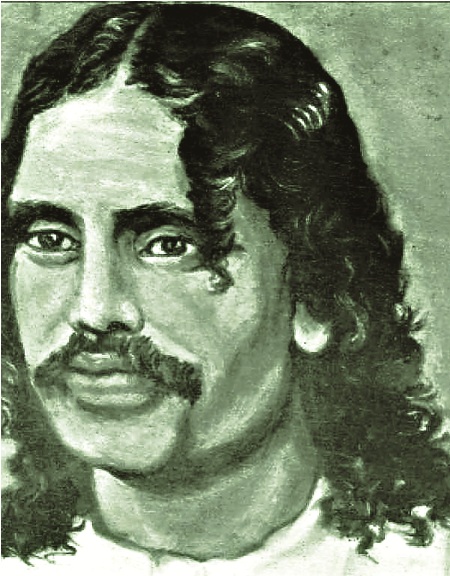
Dr Motichandra has written that those who were acquainted with Jaishankar Prasad knew very well that he was not a yogi (ascetic) but a bhogi (a person who enjoys the good things in life). He loved good clothes, perfumes, flowers and rich food. Many facets of Prasad’s personal life also find mention in Hindi literature. One of them is his love affair. Critics say that his Aansu, a book of poems, is based on his ladylove. It is also said that she later committed suicide. What is this method of assessing the literary worth of a work? Shouldn’t Aansu’s literary worth be measured instead using the standards of criticism? Bhartendu Harishchandra’s love life is much more talked about than Jaishankar Prasad’s. It is said that he lived all his life with a Bengali widow without marrying her. It is also said that his magazine was named Bhartendu Chandrika after her. Thus far, it is fine. But who ‘Chandrika’ was and her relationship with Bhartendu cannot be the subject matter of criticism. There was another poet of the Bhartendu group – Thakur Jagmohan Singh. He had a Ghananandi (Ghananand was a poet who worshipped Krishna as his consort) affair with a married woman from the Sunar (goldsmith) community. Why is his love affair much less talked about? Why are the romantic liaisons of Suryakant Tripathi ‘Nirala’ and Sumitranandan Pant never referred to? Dr Gupta was such a great admirer of Bhartendu that he named his Chandigarh residence ‘Bhartendu Niwas’ and it was there that he penned Hindi Sahitya Ka Vaigyanik Itihaas.
Ganapati Chandra Gupta on Maithilisharan Gupta
Dr Ganapati Chandra Gupta is the first Hindi critic to have opposed Maithilisharan Gupta being called a ‘modern version of Tulsidas’. He writes that Tulsidas was anti-Muslim but there is not a trace of bias against Muslims in the writings of Maithilisharan Gupta. Moreover, Maithilisharan Gupta has written two books on Buddhism while Tulsidas has not even touched upon that religion.
What sort of Hindi criticism is this that targets OBC litterateurs? Some are described as ‘Khandan-Mandan’, others as thieves. And still others are branded as lecherous lovers and homosexuals. Undeniably, traditional criticism has failed to correctly and dispassionately assess the literary value of poets from Kabir, Krishnadas and Bhartendu to Jaishankar Prasad. Dr Gupta’s criticism is free from these flaws.
Published in the August 2014 issue of the Forward Press magazine
Forward Press also publishes books on Bahujan issues. Forward Press Books sheds light on the widespread problems as well as the finer aspects of Bahujan (Dalit, OBC, Adivasi, Nomadic, Pasmanda) society, culture, literature and politics. Contact us for a list of FP Books’ titles and to order. Mobile: +919968527911, Email: info@forwardmagazine.in)
The titles from Forward Press Books are also available on Kindle and these e-books cost less than their print versions. Browse and buy:
The Case for Bahujan Literature
The Common Man Speaks Out
https://www.amazon.in/dp/B075R94LQJ
Mahishasur: A people’s hero

